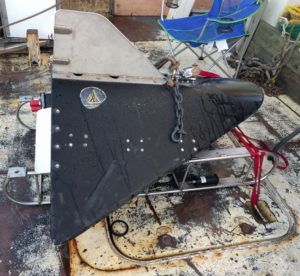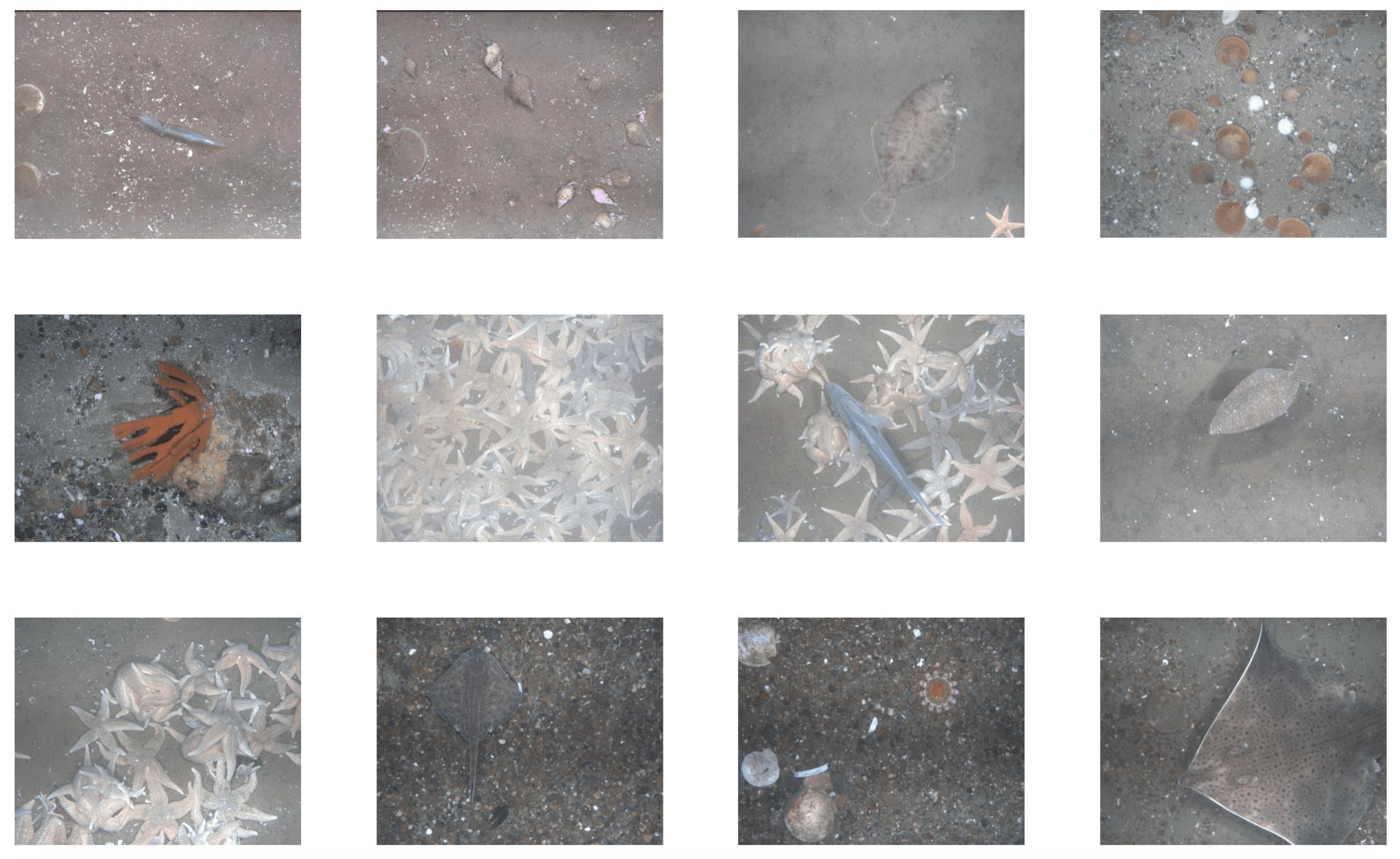HABCAM - Habitat Camera Vehicle
HabCam – Habitat Camera Vehicle
HabCam is a towed habitat mapping vehicle that provides us with a unique glimpse at the seafloor through optical imaging. The HabCam vehicle flies over the ocean bottom taking six images a second creating a continuous image ribbon. On the surface researchers get real-time images and data in a completely non-invasive way. From the images we can learn about ecosystem change over different time and space scales, calculate biodiversity, classify habitats, map hard to survey species, learn about invasive species, and promote interest in ocean and ecosystem science. HabCam can also provide data to scientists and fishery managers to help them make more informed decisions.
HabCam V-5 Vfin
HabCam V5 is the 5th generation of our habitat mapping vehicles and is a benthic stereo-imaging vehicle built into a 4 ft. modified di-hedral v-fin frame. It is designed to be towed at a speed of 3-6 kts while taking high resolution color image pairs of the sea floor. The HabCam V5 sensor package is customizable and compatible with most oceanographic instrumentation. The side by side stereo pair images are fused into a single image at the time of acquisition allowing precise stereo referencing with other instrumentation’s metadata such as latitude, longitude, temperature, salinity, chlorophyll, light absorption, dissolved oxygen, and other environmental data. V5 also houses a side scan acoustic sonar system that collects 3D bathymetry on the range of 100 m on either side of the vehicle. These data are packetized into a gigabit Ethernet signal and transmitted to the surface, providing real-time data of the imaged environment. Image data, altitude, and depth are immediately available and visualized for a fly-by-winch pilot who operates the vehicle, adjusting the altitude as needed.
Mission control aboard the F.V. Jersey Cape in a retrofit scallop cutting room. Left to right: Ship bathymetry, HabCam control, real-time stereo images, and real-time side-scan acoustics.





